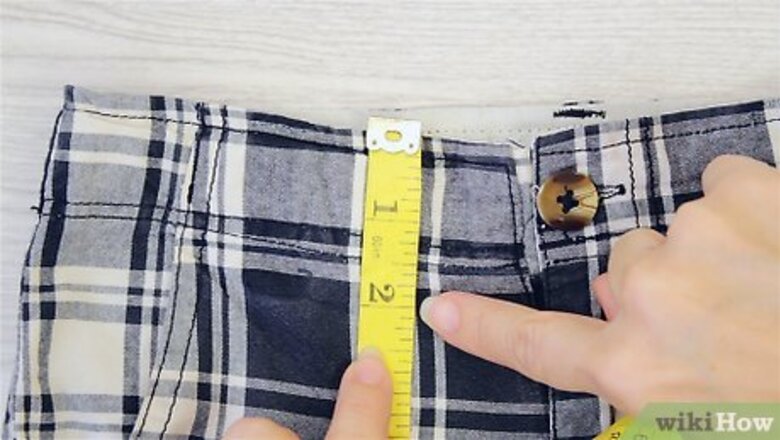
views
Making Belt Loops
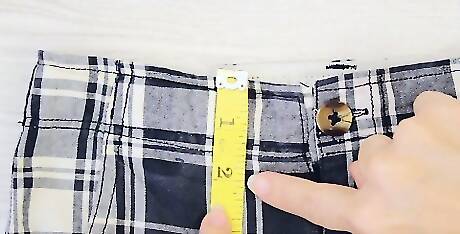
Measure the belt width and add 1 inch (2.5 cm) to find the loop length. Before you cut your fabric, measure how wide the belt is so you know how long to make the loop. Then, add 1 inch (2.5 cm) to the measurement since you'll be tucking the ends of the loop under. For example, if your belt is 2 inches (5.1 cm) wide, add 1 inch (2.5 cm) to get a loop length of 3 inches (7.6 cm).
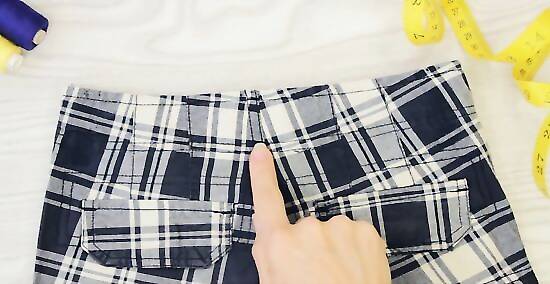
Choose 5 loops for women's pants or 7 loops for men's. Most standard jeans or pants for women have 5 loops; 2 for the side seams, 2 for the front, and 1 at the center back seam. If you're making men's jeans, add an extra 2 loops on the back of the pants. Feel free to add more loops if you like, especially if they're lightweight loops for a flowy skirt or dress.
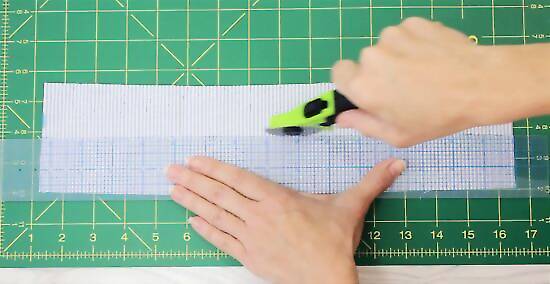
Cut a strip of fabric that's long enough for all the loops you're sewing. Decide how many loops you want to sew to your belt and multiply that number by the loop length. Then, use fabric chalk to mark a piece of matching fabric with the measurement. Make the strip 3 times as wide as you want the finished loops to be. For example, if you want to make 5 finished loops that are each 2 inches (5.1 cm) long and ⁄2 inch (1.3 cm) wide, cut the strip 15 inches (38 cm) long and 1 ⁄2 inches (3.8 cm) wide.
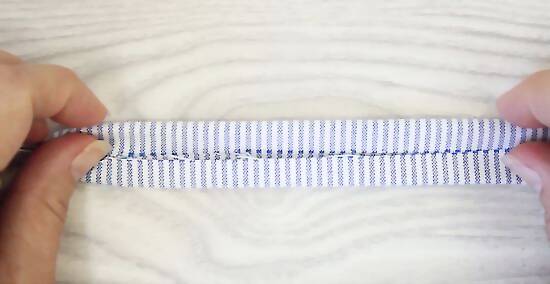
Fold the fabric in thirds lengthwise and iron it flat. Lay the strip of fabric so the wrong side faces up. Fold 1 of the long edges towards the middle by 1/3. Then, fold the other long edge towards the center by 1/3 so the strip is narrow. Press a hot or warm iron along the strip so the folds stay in place. Read the care instructions for your fabric so you know what temperature to heat the iron to.
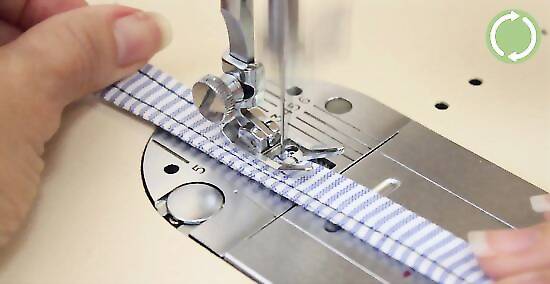
Sew a straight topstitch along both edges of the strip. Thread your sewing machine with thread that matches the color of your garment's topstitching. Then, sew straight stitches across each of the long sides of the strip. Sew as close to the edge as you can.
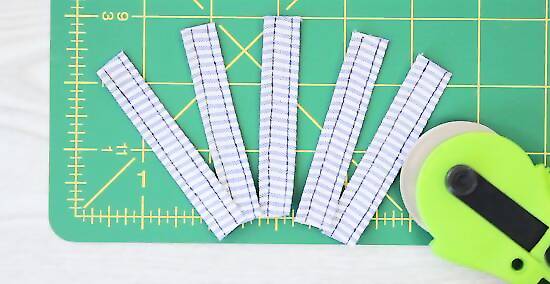
Cut the strip into equal lengths for your loops. Refer back to the loop length measurement you took earlier and mark this measurement along the strip of fabric. Then, cut out the equal-sized pieces so you have your loops ready to attach to the belt. Don't worry about sewing the short ends of the strip since you'll be cutting the strip into separate loops.
Attaching New Loops
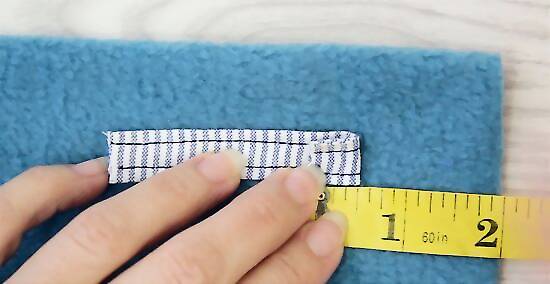
Tuck ⁄2 inch (1.3 cm) of each end under the loop and iron it flat. To hide the raw edges of the loops, fold ⁄2 inch (1.3 cm) of each end under and set them on your ironing board. Press down on the loops with a warm iron for about 5 seconds. The heat from the iron prevents the ends from unfolding before you sew them to the belt.
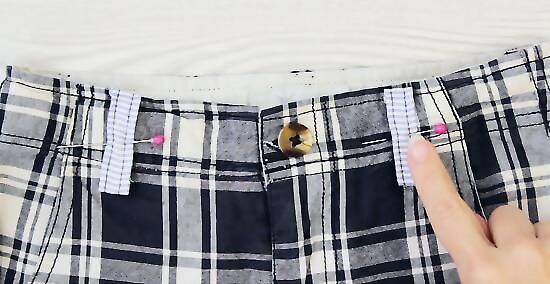
Center the middle of each loop on the waistline and pin it to the belt. Take 1 of the loops and stick a sewing pin through the middle of it. Then, use it to attach the loop vertically to the waistline. Line up the loop so the top edge is straight against the top of the belt. Then, pin the rest of your loops around the waistline. In general, place 2 loops on the front of the belt, 2 loops on the side seams, and 1 loop in the center back of the belt. If you're attaching more than 5 loops, space the other loops so they're an even distance apart. Remember to keep the ends of the loops tucked under.

Sew straight stitches across the ends of each loop onto the pants. Once you're happy with the positioning of the loops, take the garment to your sewing machine and sew straight across the top edge of each loop to secure it to the pants. Remember to sew reverse stitch across the loop so it's even sturdier. Then, straight stitch along the bottom edge of each loop. If your sewing machine is struggling to work through the loop and fabric, switch to a walking foot.
Repairing Ripped Loops

Trim the waistband fabric if it's torn. Your torn belt loop probably created a hole in the waistband when it pulled away. If it's fraying, take scissors and trim away the fuzzy fibers. This makes it easier to repair and looks neater when you finish. If the loop simply came loose from the belt without damaging it, you can skip to putting the loop back in place and sewing over it.
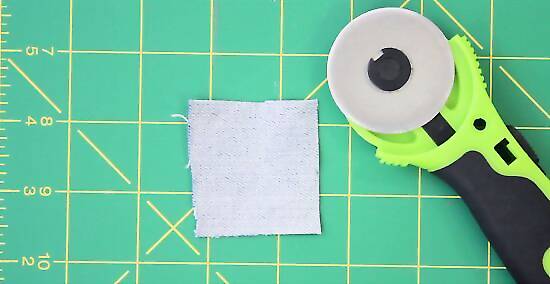
Cut a piece of matching fabric and baste it to the underside of the waistband. Make a fabric patch that's larger than the hole you're fixing and use the same style of fabric in a matching color. Then, turn your garment inside out and put the patch wrong-side up over the hole. Sew a few long straight stitches to baste the patch to the garment. This holds it in place as you sew. If you don't want to make basting stitches, cut strips of fusible bonding tape and place them along the edges of the patch so they're sandwiched between the garment. Then, iron over the fabric to fuse the patch to the garment.

Sew over the patch to secure it and cover the hole in the waistband. Thread your sewing machine with thread that matches the color of the garment fabric. Then, with the fabric right side up, sew straight stitches back and forth over the entire hole so you secure the patch to the garment. Then, turn the garment 90-degrees and sew back and forth over the patch to make it even sturdier. Ensure that you're sewing onto the garment when you reach the edges of the patch.
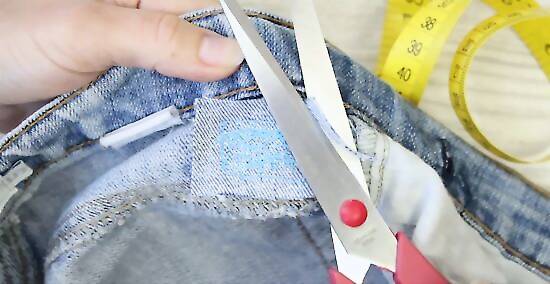
Trim the back of the patch to remove excess fabric. Turn the garment inside out so you can see the back of the patch. Use scissors to carefully cut the excess fabric from the edges so the patch isn't as bulky. Don't cut into the stitches of your patch or it may fray and unravel.

Unpick the original stitches from the end of your loop. Your machine might not be able to sew through the tight stitches on the end of the loop. Use a seam ripper to tear out the stitches from the loop's loose end. Removing the stitches before you sew the loop in place also gives it a more polished appearance.
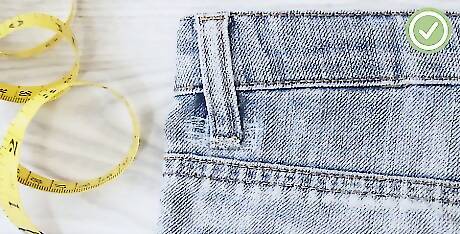
Put the loop back into place and zigzag stitch across each end of the loop. Tuck the raw end of the loop under itself and realign the loop so it's across the belt. Then, sew small zigzag stitches across the loop so they're ⁄4 inch (0.64 cm) from the folded edge. Press the reverse button and zigzag back across the loop so it's really secure. Then, trim the thread from both sides of your garment. If you prefer the look of straight stitches, sew small, straight stitches across the end of the loop instead of using zigzag stitches.




















Comments
0 comment